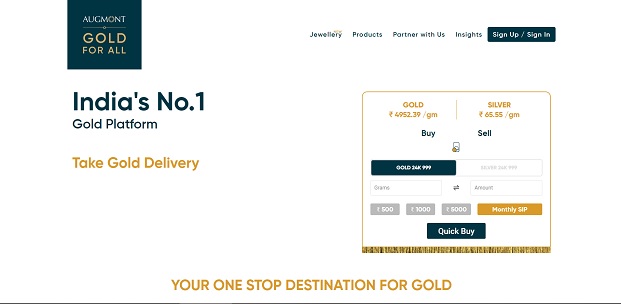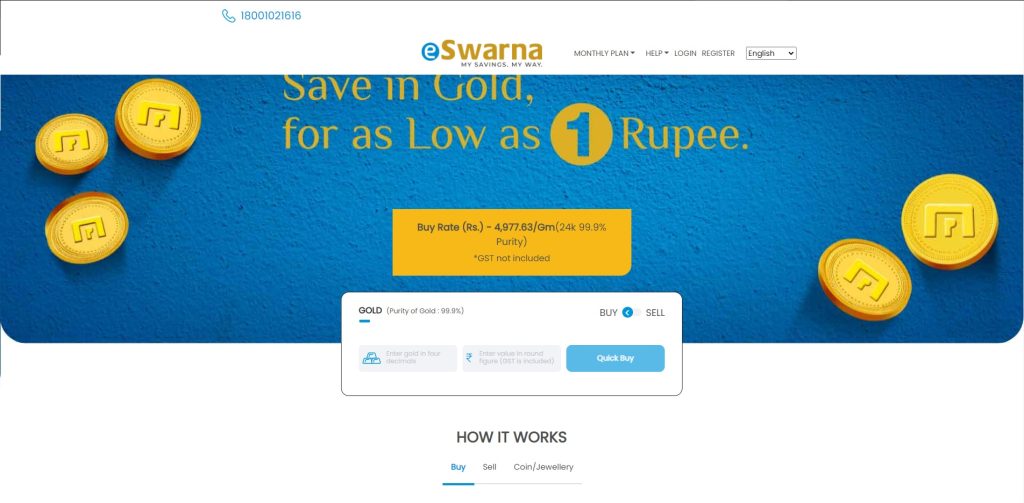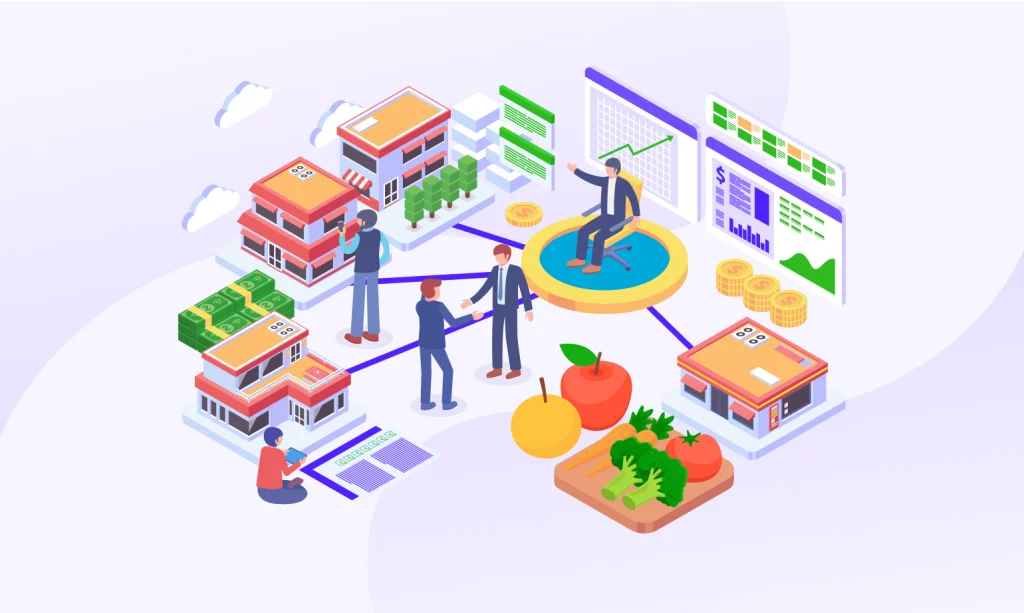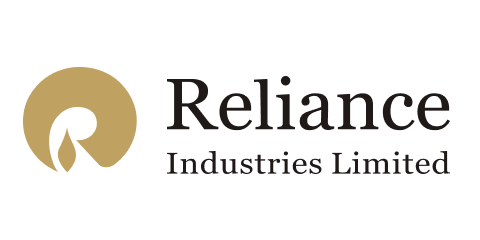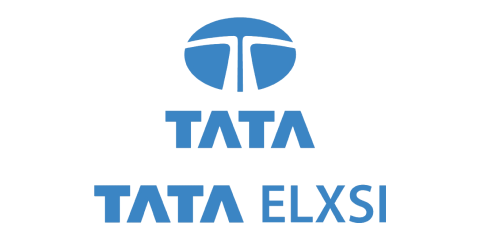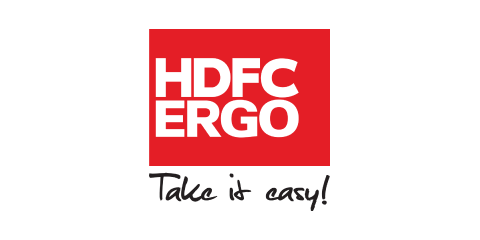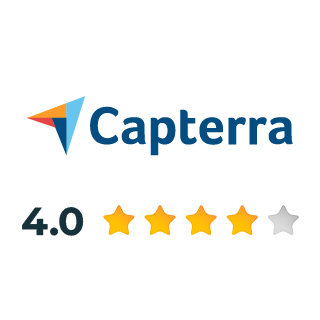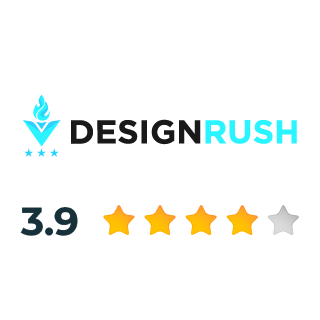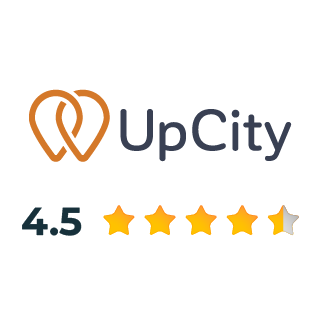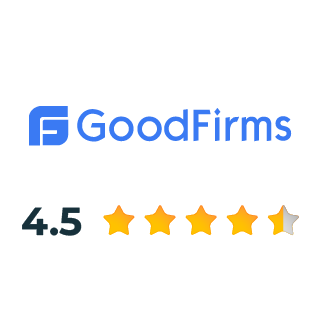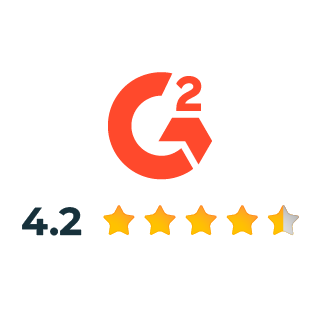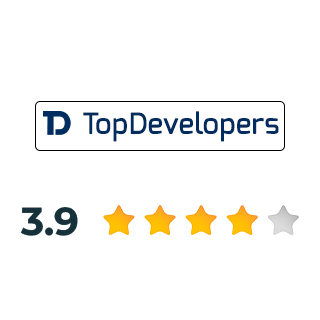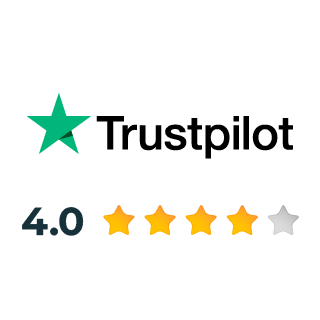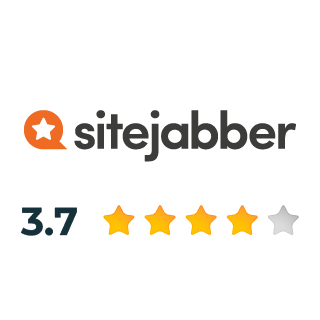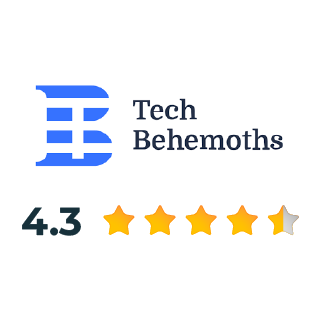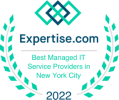There is a recognizable and renowned restaurant in the market whose services serve millions of customers in different parts of the nation. It stands amongst the largest restaurant supply chains and has an impressive market value, too. As a rapidly expanding restaurant company, you must precisely anticipate supplier demand every day, by stock item, over a period.
This case study identifies the challenges that the renowned restaurant faced while analyzing and dealing with various data figures, which in turn has improved the restaurant’s delivery and success rate. We at Nimap, an app-building and technical service provider company, offer Reliability in safely and automatically communicating demand projections to suppliers. We regard IT systems as essential for the organization. There must be a measure to scale out the accuracy level for future demand and make fine-tuned adjustments with transparent and hassle-free data systems.
Project Description:
This project demonstrates how our extensive technical and integration knowledge, along with our experience in designing and implementing big business projects, combine to create value quickly and lay the groundwork for restaurant digital transformation. In order to examine the broader value chain and strategic prospects that could be addressed in possible future stages, we made sure that while creating and delivering our initial solution, we collaborated with the data handling and operation team. In order to prepare for end-to-end testing, we connected several systems and automatically gathered data, including custom integration capabilities. For the solution to be future-proof, this original architecture was essential.
Challenges of the Study:
The study discovers various challenges and obstacles which have resulted in difficulty in the collection, analysis, and supervision of data. It is witnessed that the restaurant had many analysis and data collection operators who just gathered multiple data from numerous Excel sheets, which has further results in the challenge of ensuring whether the data has been collected from various sources is accurate, consistent and timely crucial as inconsistent data may result in poor decision making and inefficiency in supply chains.
Further, it was realized that it is important to safeguard private information, such as client lists and confidential company information, against leaks and illegal access. This entails implementing robust security procedures and adhering to data protection laws.
Over the restaurant, the main challenges faced were as follows:
- The owner of a quick-service restaurant struggled with collating data from different systems, which resulted in poor decision-making and inefficiency in delivering the exact service demanded.
- The restaurant company reported that manual processes for generating the reports were time-consuming and subjected to consistent errors and the formation of poor judgements.
- The restaurant owner faced high personnel costs as it had a team of 5 who were keenly and dedicatedly working on preparing a report.
Objectives:
The study’s ultimate aim was to establish and analyze the current process,
- Identify the primary and critical pain points that disturbed its growth
- Introduce a value-added optimized dashboard
- To identify process automation opportunities.
Results:
After combining various tools and techniques, using the expertise of our developers, we have crafted significant solutions to the restaurant’s obstacles.
- We provided the best in detailed and comprehensive analysis for their proposed automation solutions. We provided a pervasive and exhaustive analysis, making sure that every facet was carefully considered. A comprehensive review of the existing procedures, a list of possible areas for development, and a detailed implementation schedule were all included in our research. In addition, we provide a risk assessment, cost-benefit analysis, and suggestions for the best techniques and technology to use. This all-encompassing strategy was created to guarantee that the suggested automation solutions will promote long-term efficiency and growth in addition to satisfying their current needs.
- Integrated different systems and collated data automatically – In order to establish a cohesive, effective process, we automated data collection and system integration, fusing different hardware and software components. Real-time data synchronization across several systems was made possible by this integration, which also decreased errors in manual data entry and increased overall data correctness. We made it possible for the system to continuously collect, process, and analyze data by automating data collection. This allowed for faster and more insightful decision-making processes. This all-encompassing strategy improves the organization’s capacity to react quickly to challenges and changes in the supply chain while also streamlining operations.
- Developed real-time MIS dashboard for an At – a glance view of operations – We created a real-time Management Information System (MIS) dashboard that gives stakeholders an overview of operations and makes it simple for them to keep an eye on operational metrics and key performance indicators. This intelligent dashboard compiles information from multiple sources and presents it in an easy-to-use visual style with graphs, charts, and alerts. Users can tailor their displays to highlight particular aspects, like worker productivity, supplier deliveries, sales performance, and inventory levels. Real-time updates guarantee that decision-makers are equipped with the latest information, enabling them to promptly recognize patterns, resolve problems, and streamline procedures to improve overall efficacy and efficiency.
- Created customizable dashboard for different stores and departments – We developed configurable dashboards specifically designed for various departments and stores, enabling each one to track and handle its operating KPIs efficiently. These dashboards offer flexibility in the way data is presented and interacted with, catering to the distinct requirements of different users. While department heads can concentrate on measures pertinent to their domains, such as staffing efficiency, order fulfillment rates, and supplier performance, store managers can monitor inventory levels, sales numbers, and consumer trends. These dashboards can be customized to allow users to prioritize the most critical information, which improves their capacity to make well-informed decisions quickly and effectively. This customized strategy not only increases operational visibility but also encourages an organization-wide management structure that is more adaptable and responsive.
The formulated objectives and challenges provided the following results:
- There was a significant increase in cost savings
- The real-time dashboard provides accurate and up–to–date information
- There was a 90% reduction in terms of personnel costs for report preparation
- There was a consistent series of improved productivity and efficiency in team redeployment procedures Consistent and accurate data led to the birth of new innovative ideas, and informed decisions were carried to foster profitability and escalate the growth of business
Solutions:
From the above analysis and working structure that designed the digital transformation and enhanced the business automation of restaurants’ supply chains, one more suggestion is to be included: ‘In what ways does Networks’ real-time value network tackle the difficulties encountered in the supply chain for food and restaurants? ‘
The entire distributor and supplier community can take advantage of oNetwork’s global planning, optimization, and execution backbone to be extremely sensitive to customers’ dining habits. This cloud network helps businesses achieve faster outcomes than they might with more conventional ERP implementations.
The performance of initiatives built on antiquated technological platforms, such as ERP, can only be gradually improved. In a number of industries, network platforms have already produced game-changing outcomes.
A system of single-process automation can be created to give all participants in the value chain a real-time consumer-driven pull signal; this restaurant company has completely changed the way that supply chains are approached. This is made possible by tracking customer demand all day long, projecting menu item demand profiles, and converting those into the necessary raw materials via a multi-tier distribution network that connects raw material producers with consumers. As of right now, they have made significant progress in estimating customer demand down to the item level and translating it into the necessary ingredients and operational support.
Conclusions:
To stay relevant in today’s fast-paced business environment, companies need to adopt a new paradigm and abandon their previous methods. This new paradigm allows for significant performance improvements that yield hitherto unheard-of outcomes. It is consumer-driven and uses a flexible and modular multiparty network architecture.
The foundation of this strategy is the multiparty, multi-tier, real-time network service that connects carriers, distributors, suppliers, restaurants, and logistics companies via the cloud. After just one onboarding experience, each party may immediately communicate with the others. Through this study we analyzed that 90% of the top organizations should undertake the technology of digital initiative as digitalisation is now a matter of business survival and tech simplifies the workflows.
